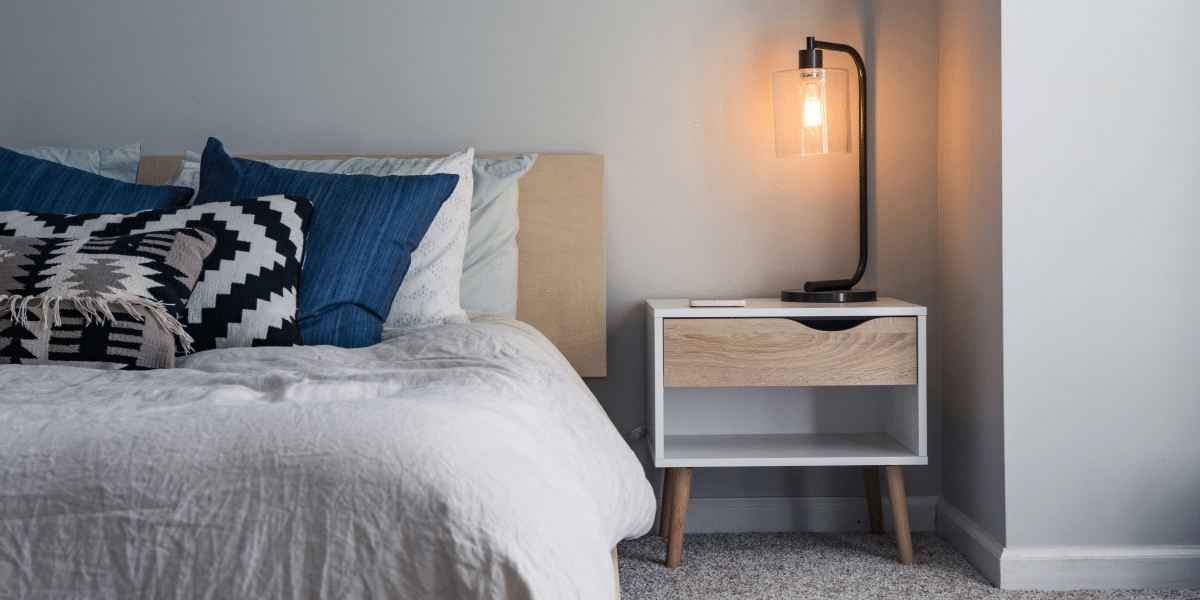Introduction: The Importance of Hotel Room Furnishing
As the hospitality industry is a competitive field, the furnishing of hotel rooms is an important part of giving the hotel their desired comfortable feel which, in turn, is essential for attracting and keeping guests. In a guest room, everything from the bedding and curtains to the furniture acts as an essential component which all work together to create the guest experience. This industry can be a costly one for hotels and the average traveler who is usually unaware of the expense behind the furnishing of a hotel room.
For instance, the furnishing of the rooms in a hotel is not only about their aesthetic effects but also a calculated investment that can lead to good reviews, guest satisfaction and, consequently, a healthy profit. The careful balancing of the three elements, namely quality, durability and cost, is a dance of its own.
From the perspective of the hotel, what is the cost of furnishing a room and what are the factors that influence this cost? Why are furnishings so expensive? How do you find the best ROI through furnishings? In this article, we will delve into the world of furnishings in hotels and explore how it can affect the guest experience.
Factors to Consider when Furnishing Hotel Rooms
In furnishing hotel rooms, there are some important factors that must be considered for the success and cost-effectiveness of this work.
These factors, besides the aesthetic aspect, have a major effect on the durability of the furnishings and its maintenance.
1. Quality and longevity: Furnishings quality and longevity is one of the most important factors he needs to consider. Hotel rooms are frequently used and abused by people, so it is important to make sure that the furnishing are good quality and can stand up to constant use. Good-quality bed frames and stain-resistant furnishings will serve the hotel well for a long time.
2. Branding and Perceptions of Guest Luxury: The furnishings in a room are often a physical manifestation of a brand and a statement about the level of luxury a hotel promises. Guests have a set of expectations associated with hotels of a certain star rating, and failure to meet or exceed these expectations can result in disappointed guests and negative reviews. As such, hotels must consider their target market carefully and how their choice of furnishings communicates with that audience, as well as the brand positioning and guest expectations.
3. Functional Design and Ergonomics: Provide comfortable and functional hotel room furniture layouts with consideration of ergonomics. Height of beds and seating arrangement should be considered to provide comfort when sitting as well as creating a productive or relaxing environment for the guest. Placement of lighting fixtures can also contribute to comfortable stays.
4. Sustainability and environmental impact: In an age when ecological awareness is prevalent, many hotels choose sustainable practices to reduce their carbon footprint. Furnishings made from recycled or renewable materials, as well as low-energy lighting and appliances, can ease a hotel’s green efforts and, in some cases, lower its long-term operating costs.
5. Maintenance and Replacement Costs: Although furniture that comes at a lower initial price can appear to be a money-saver, the long-term costs of maintenance and replacement need to be considered. Furnishings that require frequent cleaning, repairs or replacements can add to the expense in the long run and erase the savings realized at the time of purchase. High-quality, durable pieces may have a higher cost at the beginning, but they can ultimately save you money over time.
Taking all of these variables into account helps hotels decide on the furnishing of their bedrooms, balancing guest satisfaction, brand image and cost.
The True Cost of Hotel Room Furnishing
While the purchase price of furnishings is usually the cost that hotel owners and managers see most directly, the actual cost of furnishing rooms is more than just the sticker price. It’s made up of many hidden costs that can have a big impact on the bottom line. Being aware of these costs helps with budgeting decisions and long-term profitability.
1. Shipping and Delivery Charges: The cost of transporting furnishings to a hotel’s location can be high. Distance, mode of transportation, and special packing and handling requirements for vulnerable or oversized items can all add up.
2. Installation and Assembly Fees: A lot of furnishings need to be installed and assembled by professionals, which can incur additional labor costs too. These costs vary according to the complexity of the installation, the number of rooms and furniture to be assembled, and the availability and expertise levels of local workers.
3. Custom fittings and branding: If a hotel wants to tailor its furnishings to suit its brand, or if it wants to provide a consistent guest experience, this will also add to their costs. Think monogrammed linens and towels, branded wall hangings and artwork.
4. Maintenance and Repair Costs: Even the most durable furnishings will eventually need to be maintained and, occasionally, repaired to maintain their condition. This could include professional cleaning services, upholstery repair, refinishing, and replacing parts that have become worn or broken.
5. Energy consumption: Bad furnishing of hotel rooms can take up a large amount of energy. If inefficient lighting fixtures, appliances and HVAC systems are used, it will result in higher utility bills per month, included in the operating cost.
6. Storage and Inventory Management: If furnishings have to be replaced or staged (eg, every autumn when guests arrive for the ski season), hotels must have a plan for how this is going to be done, which can include renting storage, hiring personnel to handle the logistics, and using inventory management systems, all of which will add to expenses.
7. Disposal or recycling fees: When the useful life of furniture comes to an end, hotels have to come up with the money required to get rid of it properly (according to environmental regulations) or to recycle it. Fines for not complying with these regulations can be quite heavy, and the damaged reputation of the hotel can prove even more costly.
8. Recognising and quantifying these ‘hidden costs’ can help hotels plan for the actual costs of room furnishings, and make strategic decisions about providing a certain level of quality, guest satisfaction and long-term profitability.
Conclusion: Investing in Quality Hotel Room Furnishing
In the hospitality industry, furnishing rooms in a hotel is so much more than just an aesthetic decision. This is a strategic investment that can drastically affect guest satisfaction, the brand image and the long-term profitability of the business. While there are one-time costs to furnishing a room, the benefits of a high-quality furnishing can last a lifetime.
1. Improved Guest Experience: Quality furnishings create a positive guest experience, which can lead to reviews, increased loyalty and return business. The experience of staying in a beautifully furnished room can leave a lasting impression on guests and differentiate a hotel from its competitors.
2. Better durability, longer lives: Spending more money on durable, high-quality furnishings will allow hotels to get more out of their initial investment, and require fewer replacements and less money spent over time. This is good for both the hotel’s budget and the environment.
3. Brand Reputation and Consistency: The use of consistent and high-quality furnishings throughout all of a hotel chain’s properties can strengthen the brand by providing guests with a unified experience from property to property. This can increase the hotel brand loyalty and attract new customers looking for a reliable, memorable stay.
4. Operational efficiency: The right ergonomic furniture and fittings can reduce stress and increase staff productivity and efficiency, resulting in fewer staff injuries and downtime. This can translate into reduced costs and better service standards for guests.
5. Socially Responsible: Providing furnishings that are sourced and manufactured responsibly reflects emerging trends in tourism that place emphasis on sustainability and is increasingly sought after by discerning travelers. It can also be an important way to affirm commitments within a local community.
6. Ecologically Friendly: Adding furnishings that are sustainable and eco-friendly can result in lower costs over the long term as it will reduce energy consumption and waste management costs.
What at first seems a prohibitive cost, by the end of the day, will not only translate into significant investment returns, but it will also influence guest satisfaction, brand equity and, ultimately, profitability. Some people may believe that we are heading towards a future where a bedroom will look more like a space station than a place to relax. This will be the ultimate measure of luxury. By taking into account the considerations outlined in this article and making judicious investments in furniture with a strong return on investment, hotels can find a winning formula by offering comfort, luxury and profitability.
Published by: Holy Minoza



















